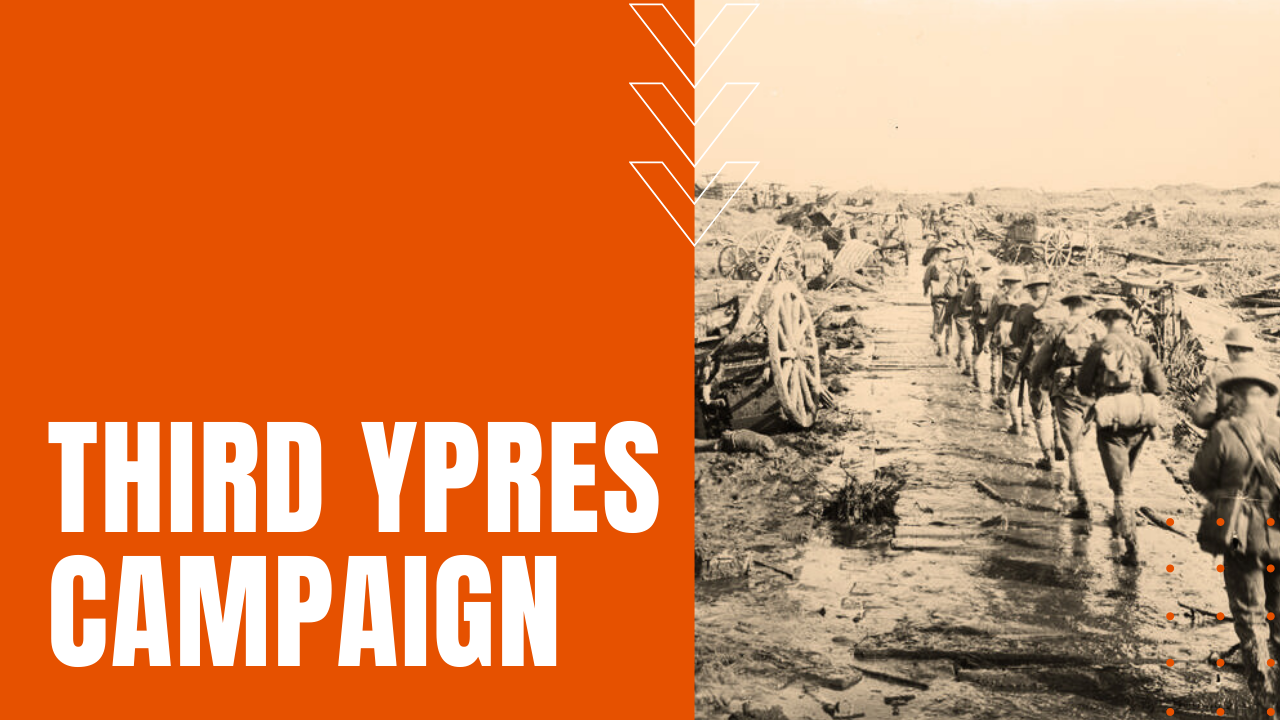The Third Ypres Campaign

After the first and second battles of Ypres, which saw German forces attack an Allied-held salient or bulge in the Flanders region near Ypres Belgium, France witnessed widespread mutinies after the Germans unleashed some 200 tons of chlorine gas into Allied trenches.
Aggressive Allied Offensive
Beginning on July 31st, 1917—some four months after America’s entry into World War One—British commander-in-chief Sir Douglas Haig called for an aggressive offensive against German sub bases along the north coast of Belgium, under the mistaken belief that the German army was so weakened after three years of fighting that Germany would immediately sue for piece after one more Allied victory.
Massive Troop Buildup
To achieve his objective, Haig amassed 50 British and six French divisions under the leadership of Sir Hubert Gough, commencing hostilities with a 3,000-piece artillery assault on German lines near Passchendaele. Both sides witnessed heavy losses in the first two days of fighting, at the same time pushing the Germans back by more than a mile while taking more than 5,000 German prisoners.
Slowed By Mud & Rain
Bogged down by heavy rains and paralyzing mud, after a month of inconclusive fighting, Haig replaced Gough with Herbert Plumer, which led to several Allied gains in September that gave the Allies high ground control of the Passchendaele Ridge, some six miles east of the village of Ypres.
Egregious Losses
Pushing his men without mercy, the third month of the campaign saw heavy fighting and egregious losses, where exhausted Allied soldiers made little notable gain, thanks to German reinforcements released from the Eastern Front, after Russia’s ability to fight devolved into chaos following Lenin’s Bolshevik Revolution—a change of fortune that Haig failed to anticipate in his offensive strategy and war planning.
Massive Casualties
Despite his weakening odds, Haig ordered three final assaults on Ypres throughout the month of October, until Canadian and British troops broke through German defenses to capture the now decimated village of Ypres on November 6th, 1917. The capture of Ypres gave Haig the justification he needed to call off his offensive, ending the Third Battle of Ypres with some 310,000 Allied casualties against 260,000 casualties for the Germans, making the Third Ypres Campaign, one of the deadliest, most controversial offensives of the First World War.
